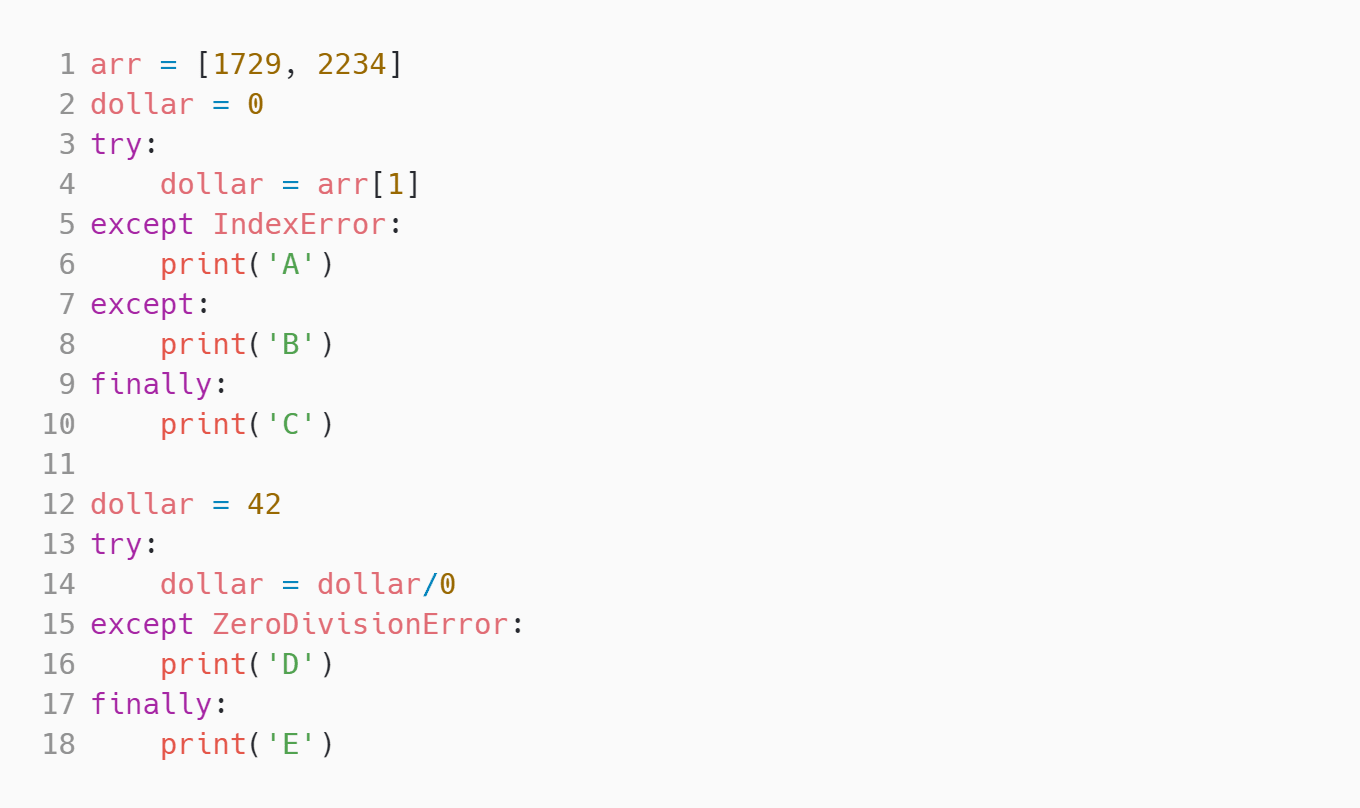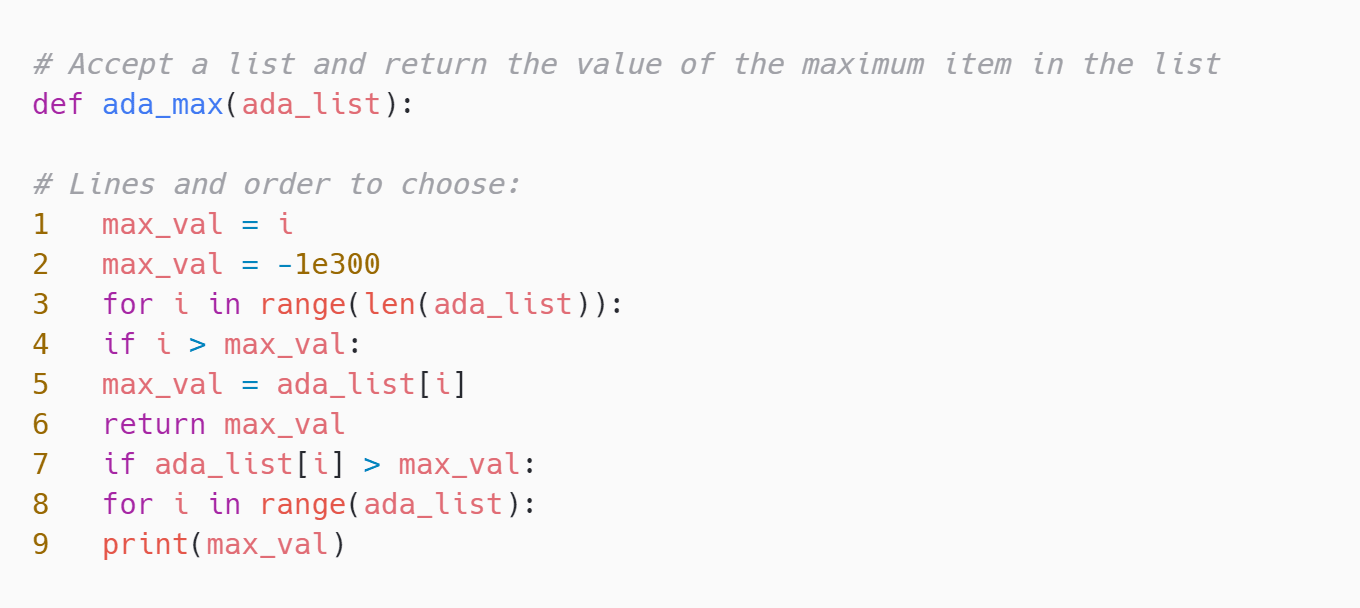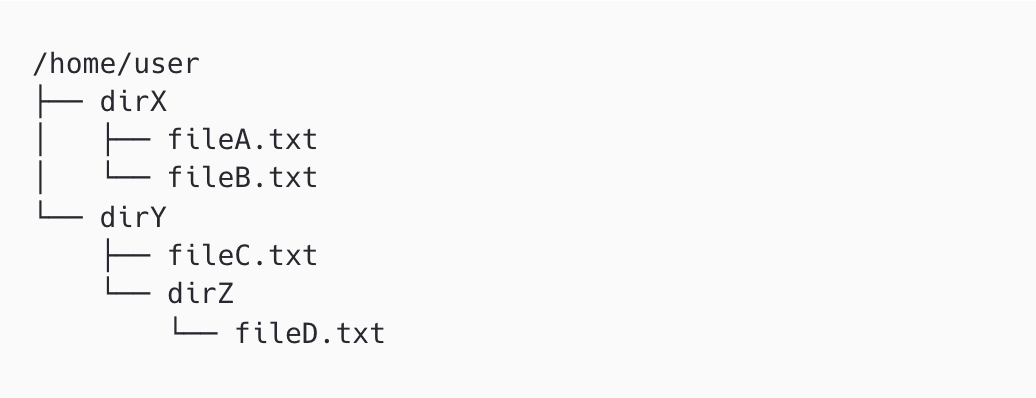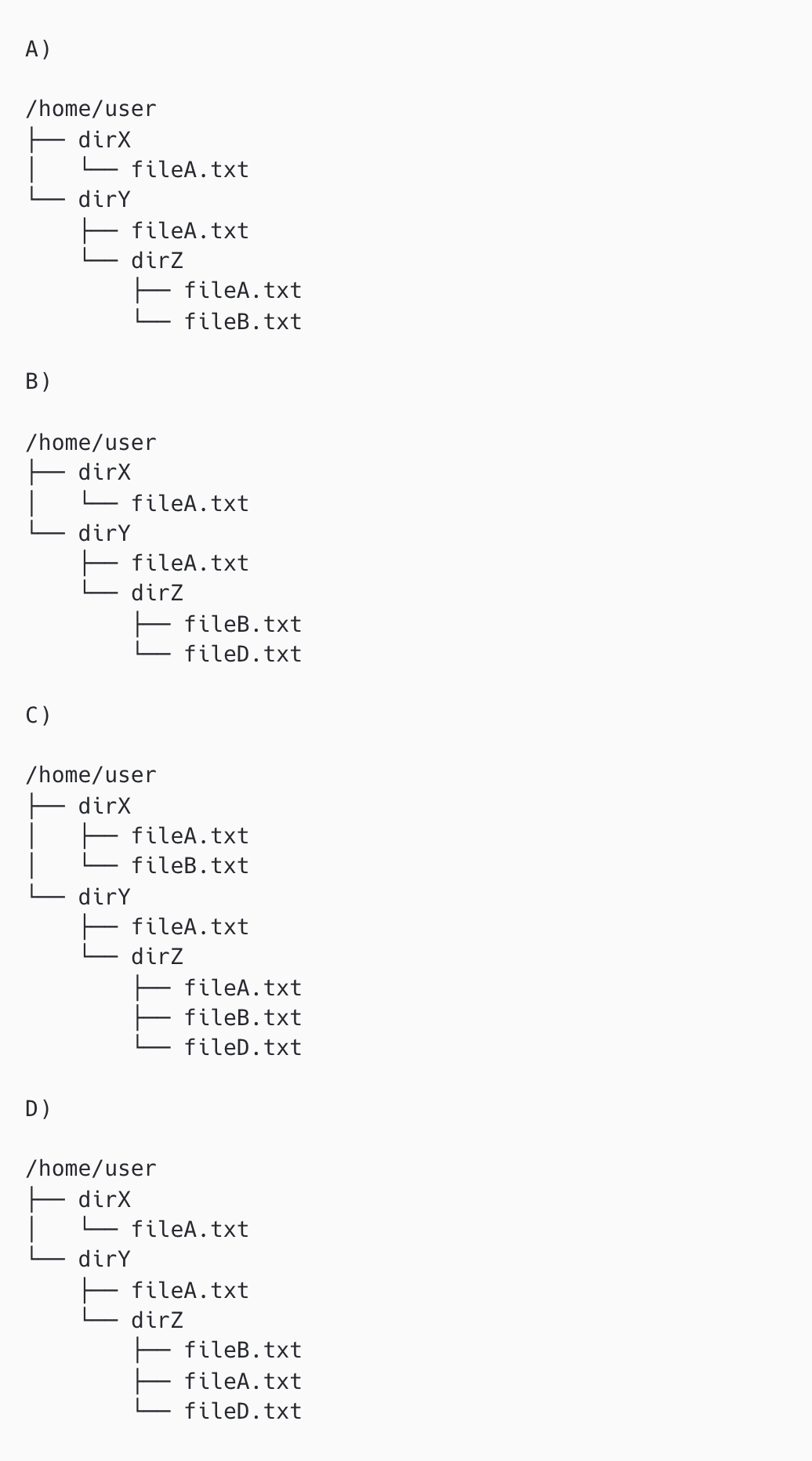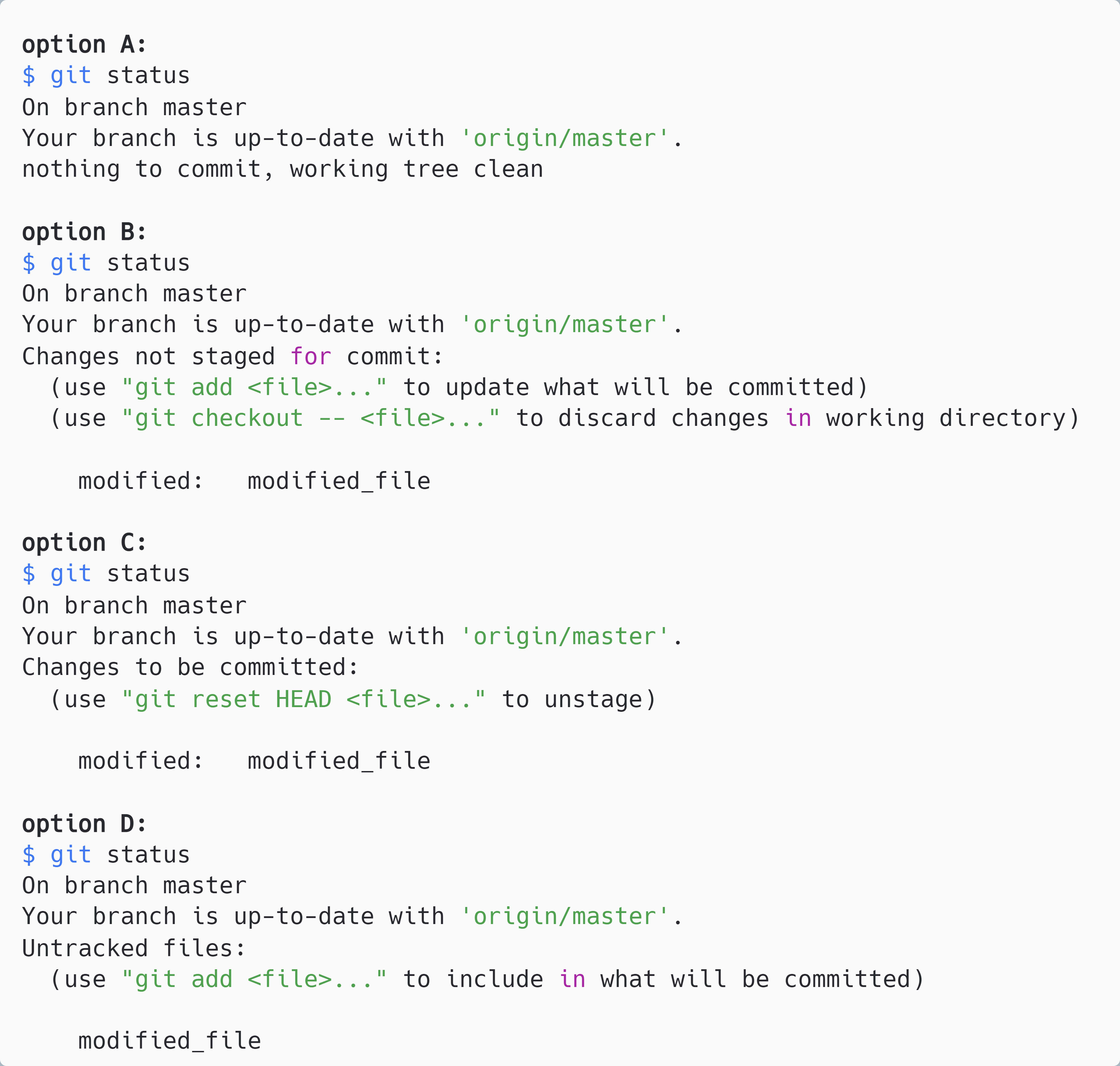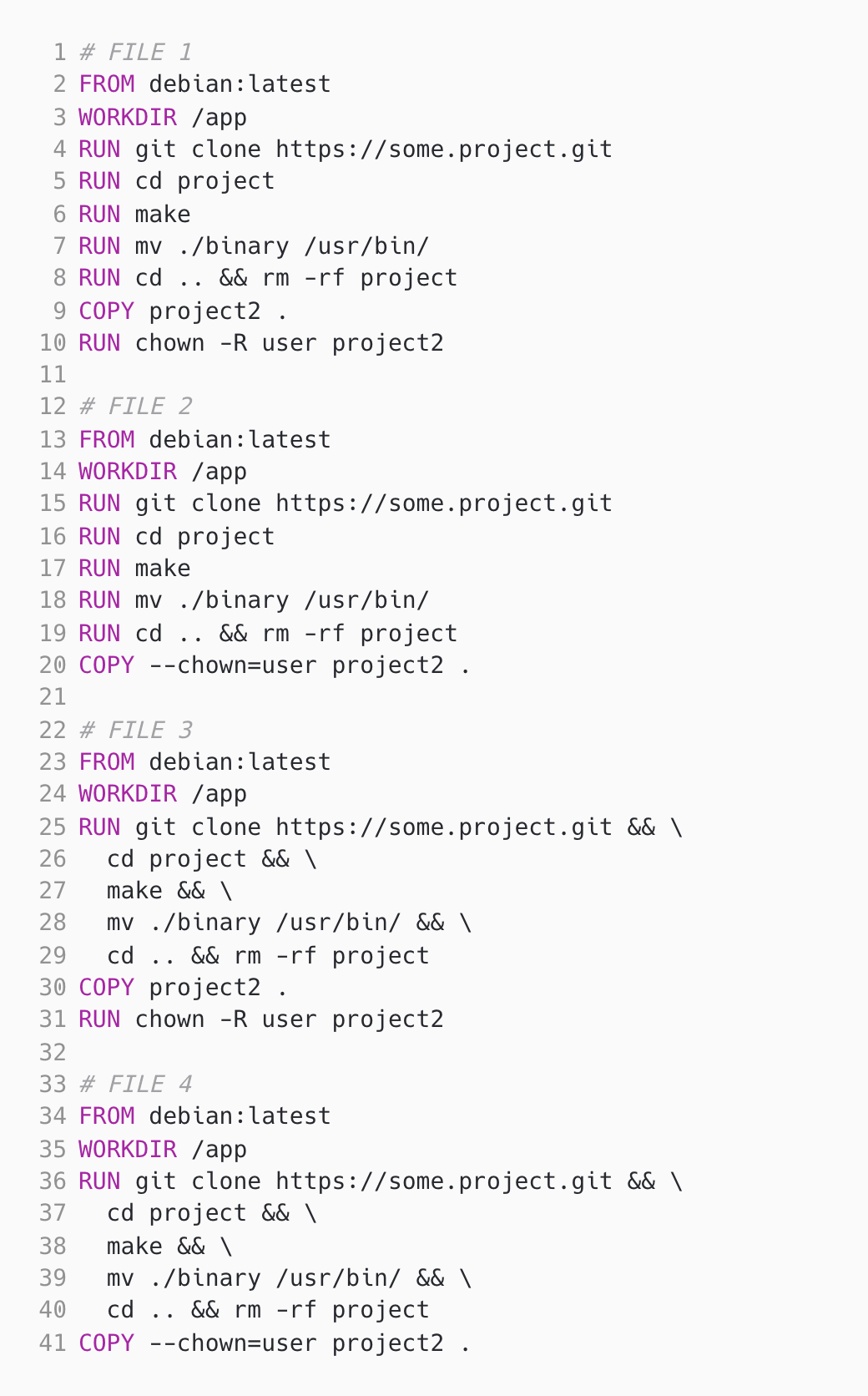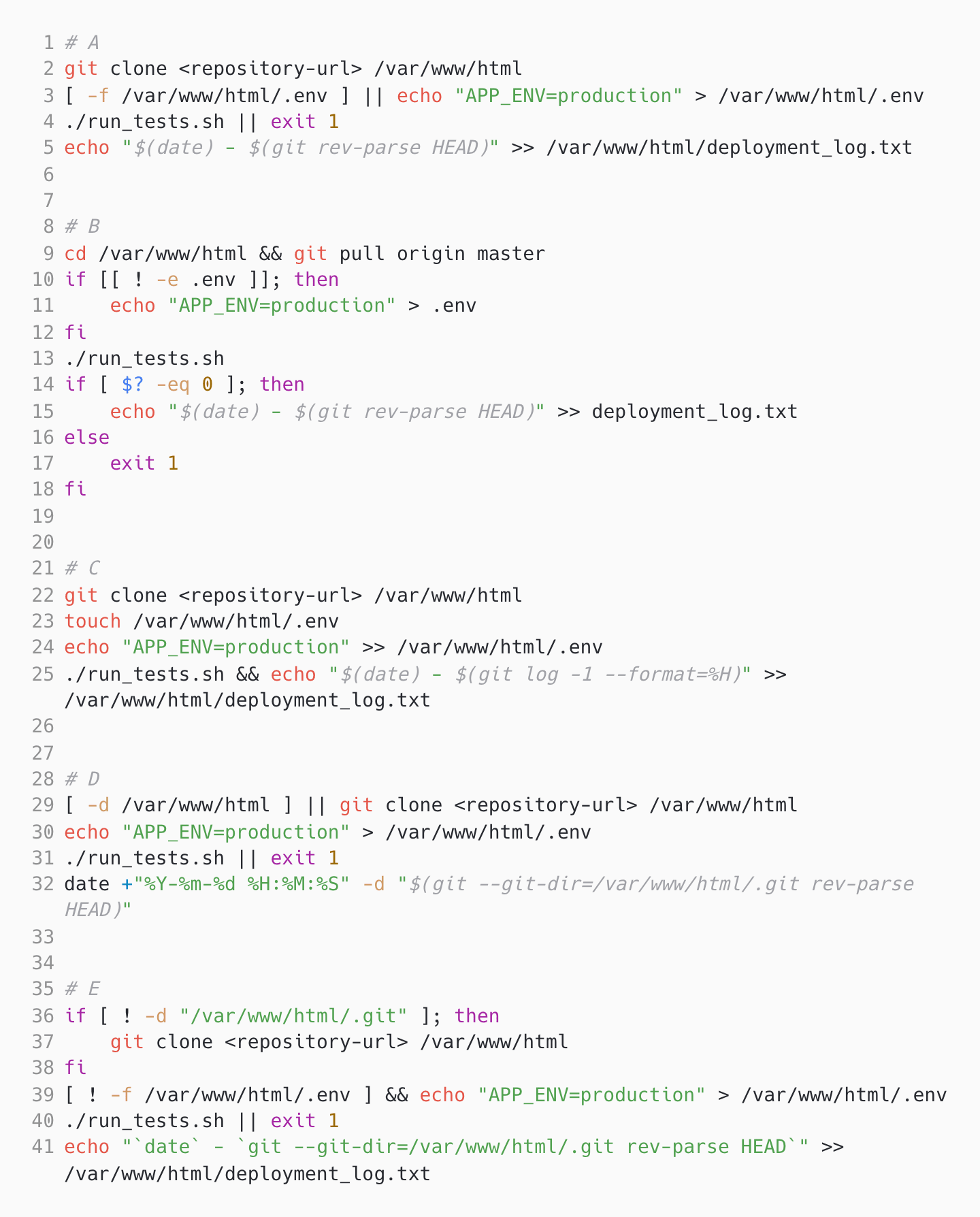Git basics: Git basics refers to the fundamental concepts and commands used in the Git version control system. This skill should be measured in the test because proficiency in Git basics is crucial for any DevOps professional who needs to manage source code, track changes, and collaborate with other team members effectively.
Git workflows: Git workflows are specific strategies or approaches for using Git, such as centralized, feature branch, or Gitflow workflow. Measuring this skill in the test helps recruiters assess a candidate's understanding of different Git workflows and their ability to choose and implement appropriate workflows for efficient and scalable software development.
Git branching models: Git branching models refer to the strategies and structures for creating and managing branches in Git, such as feature branches, release branches, or hotfix branches. Testing a candidate's knowledge of Git branching models is important as it demonstrates their proficiency in organizing and maintaining code versions, collaborating on parallel workstreams, and ensuring a robust development workflow.
Docker containers and volumes: Docker containers and volumes are essential components of Docker, a popular containerization platform. This skill should be measured in the test as it assesses a candidate's understanding of how to create, configure, and manage Docker containers, which enables developers to package applications with their dependencies and ensures consistent deployment across different environments.
Docker images and networking: Docker images are snapshots of containerized applications and their dependencies, while Docker networking allows communication between containers and other network resources. Evaluating a candidate's knowledge of Docker images and networking is important as it reflects their ability to design and optimize container-based architectures, manage network connectivity, and troubleshoot container-related issues.
Linux commands: Linux commands are the instructions used to interact with a Linux-based operating system. This skill is measured in the test to assess a candidate's familiarity with essential Linux commands, such as file management, process control, system monitoring, and user management. Proficiency in Linux commands is crucial for DevOps professionals working with Linux environments.
Shell scripting: Shell scripting involves writing scripts or programs that run in a Unix-like shell, such as Bash, to automate tasks, perform system administration tasks, and execute commands. Testing a candidate's skill in shell scripting is essential as it demonstrates their ability to write efficient and reliable scripts, automate repetitive tasks, and streamline system configuration and maintenance.
File system management: File system management refers to the processes and techniques used to organize, monitor, and control the storage and retrieval of files within an operating system. Measuring this skill in the test helps recruiters evaluate a candidate's understanding of file system structures, permissions, disk usage, and backup strategies, which are crucial for managing and securing data in a DevOps environment.
Python fundamentals: Python fundamentals encompass the core concepts and syntax of the Python programming language, including data types, variables, operators, control structures, and functions. This skill should be measured in the test as it provides recruiters an understanding of a candidate's foundational knowledge of Python, which is widely used in DevOps for automation, scripting, and infrastructure management.
Scripting and web scraping: Scripting and web scraping involve writing scripts or programs to automate tasks and extract data from websites. Measuring this skill in the test assesses a candidate's ability to write scripts using Python or other scripting languages, utilize web scraping libraries or tools, and extract, transform, and analyze data for various DevOps use cases or data-driven decision making.
Python OOP: Python OOP (Object-Oriented Programming) involves designing and implementing classes, objects, and their relationships to create modular and reusable code. Evaluating a candidate's proficiency in Python OOP helps recruiters assess their ability to develop robust and maintainable code structures, implement inheritance and polymorphism, and apply OOP principles for efficient software development and code reuse.
Data Structures: Data structures refer to the organization, storage, and manipulation of data within a computer program. Measuring this skill in the test allows recruiters to evaluate a candidate's understanding of fundamental data structures like lists, dictionaries, arrays, stacks, and queues, which are essential for efficient data processing, algorithm design, and problem-solving in DevOps.
Python Coding: Python coding refers to the practical application of Python programming skills to solve real-world problems and implement software solutions. This skill should be measured in the test to assess a candidate's ability to write clean, maintainable, and efficient Python code, follow coding best practices, and demonstrate proficiency in implementing algorithms, data manipulation, and system automation using Python.



















